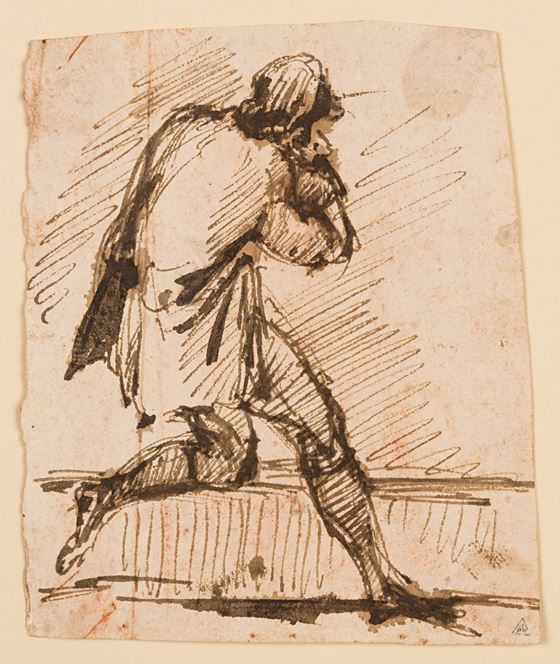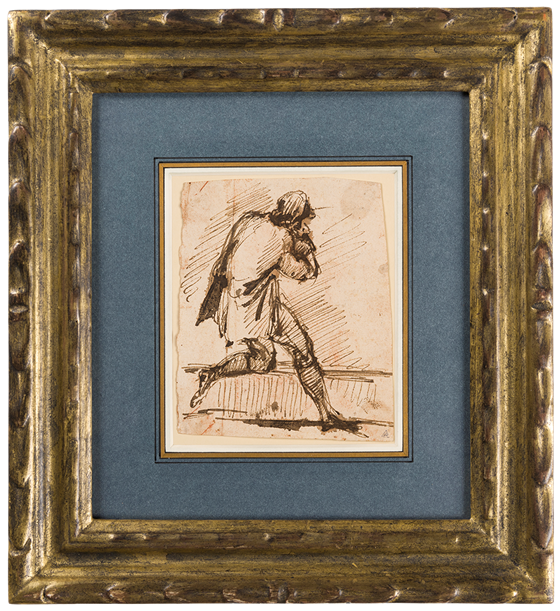Description & Technical information
A series of mathematical computations in brown ink on the verso.
In one of the first studies of Giambattista Piranesi as a draughtsman, Hylton Thomas noted that ‘Piranesi’s drawings are one of the unexpected delights inherited by us from that age of enchantment, the eighteenth century…they reveal clearly the qualities which have aroused present-day interest on the part of collectors and connoisseurs – inventiveness in subject; freshness, brilliance, and colour; dynamic energy. In them can be felt, often more vividly than in his prints, the impact of one of the most unusual and provocative among eighteenth-century artists.’
More recently, David Rosand has written of Piranesi that, ‘From rapid sketches set down with impulsive energy to the most deliberately finished architectural renderings, he demonstrated a control of graphic media that was confident and exploratory, precise and yet open, and always suggestive. Piranesi’s was a fundamentally graphic imagination. He thought with pen, chalk or etching needle in hand, considering his activity on the grounded copperplate to be the same as drawing on paper.’
Although Piranesi was a prolific draughtsman, figure studies account for a relatively small portion of his output. These spirited, spontaneous studies of figures in animated movement, often drawn on the verso of proof impressions of his engravings, were done to study a pose or gesture. Executed with rapid strokes of pen and ink or chalk, these drawings give little, if any, indication of a setting or background. As Thomas has written, ‘The figure-studies constitute one of Piranesi’s most enjoyable types of drawing…all are extremely free notations of men, and occasionally women and children, caught in full and momentary movement…Some of the pen and ink sketches were probably drawn from memory, but others must have been drawn in his studio, using assistants as models…Whether in chalk or ink, the figures share one very notable trait – they are studies of movement. The human figure in action, rather than the human bodyper se, fascinated Piranesi. He built up dynamic masses of energy primarily by means of areas of parallel shading within the body, which is given strong direction in space by pose and jagged contours.’
While similar figures often appear in Piranesi’s prints, where they are used to show the scale of the monuments, only rarely are the figure drawings directly related to the prints. As such, it is difficult to date such figure studies within the artist’s oeuvre, although most appear to date from after 1755, and they become fewer in number after about 1770. The freedom and expressiveness of Piranesi’s figure drawings, as well as their seeming spontaneity and economy of handling, has led some in the past to be mistakenly attributed to Francesco Guardi and, particularly for the chalk drawings, Antoine Watteau.
Significant examples of figure drawings by Piranesi are today in the collections of the Kupferstichkabinett in Berlin, the British Museum in London, the Pierpont Morgan Library in New York, the Ashmolean Museum in Oxford, the Louvre and the Ecole des Beaux-Arts in Paris, the Hermitage in St. Petersburg, and elsewhere.
The present sheet bears the collector’s mark of the French marchand-amateurJacques Petithory (1929-1992), who dealt in Old Master drawings from a stall at the Marché aux Puces in Paris from the mid-1950s onwards. At his death in 1992 Petithory (or Petit-Hory) left much of his interesting and eclectic collection of mainly Italian and French drawings, numbering 186 sheets, together with paintings, sculptures, ceramics and other objets d’art,to the Musée Bonnat (now the Musée Bonnat-Helleu) in Bayonne.
Period: 1750-1850, 18th century
Origin: Italy
Medium: Pen, Brown ink, Traces of red chalk
Signature: A series of mathematical computations, probably in the artist's hand, in brown ink on the verso.
Dimensions: 14.6 x 12.5 cm (5³/₄ x 4⁷/₈ inches)
Provenance: Jacques Petithory, Levallois-Perret (Lugt 4138)
Artemis Fine Arts, London, in 1993
Artur Ramon, Barcelona, in 1996
Anonymous sale, New York, Sotheby’s, 26 January 2000, lot 77
Anonymous sale, Paris, Hôtel Drouot, 19 June 2003, lot 24
Gérard Lhéritier (Aristophil), Nice.
Literature: Barcelona, Sala d’Art Artur Ramon, Raíz del Arte II: Una exposición de dibujos antiguos (Siglos XVI al XIX), exhibition catalogue, 1996, pp.56-59, no.11; Linda Wolk-Simon and Carmen C. Bambach, An Italian Journey. Drawings from the Tobey Collection: Correggio to Tiepolo, exhibition catalogue, New York, 2010, p.219, under no.69, fig.69.1 (as whereabouts unknown).
Exhibitions: Barcelona, Sala d’Art Artur Ramon, Raíz del Arte II: Una exposición de dibujos antiguos (Siglos XVI al XIX), 1996, no.11.
Categories: Paintings, Drawings & Prints
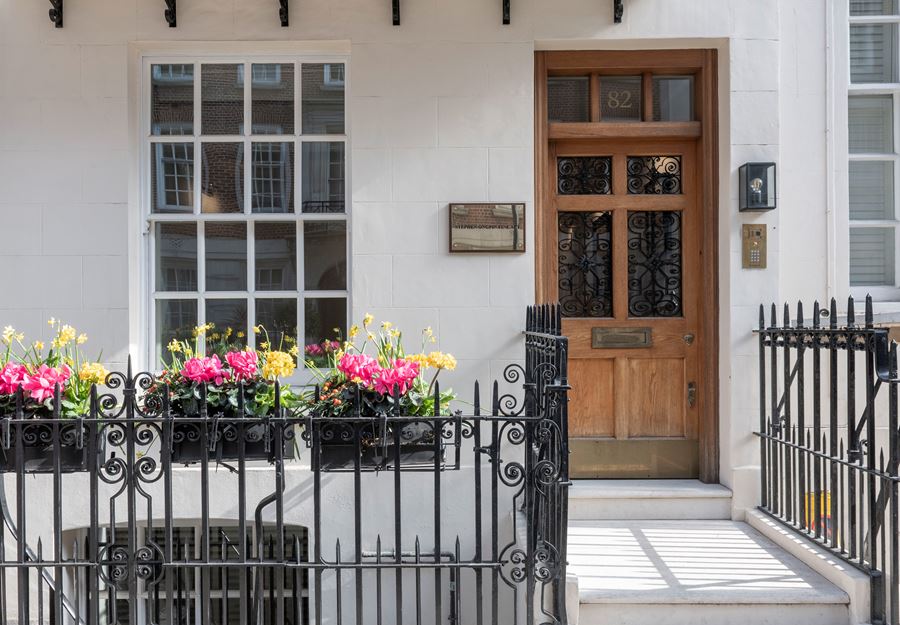
Discover the gallery
Stephen Ongpin Fine Art
Old Master, 19th Century and Modern Drawings, Watercolours and Oil Sketches
More Works From This Gallery
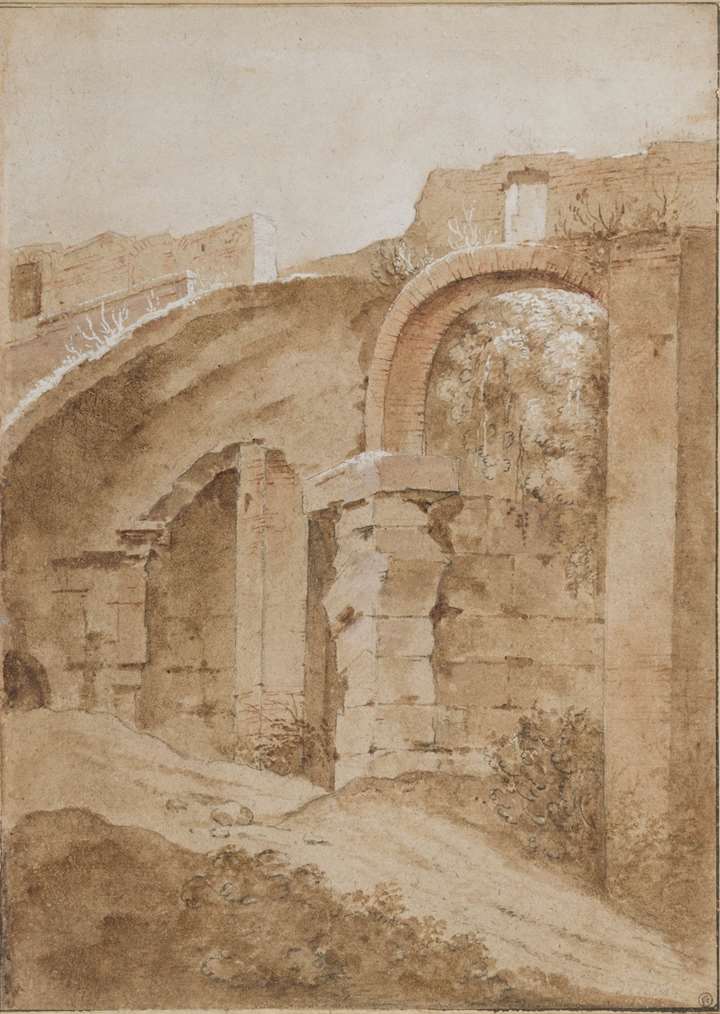
Stephen Ongpin Fine Art
The Interior of the Colosseum, Rome
Etienne JEAURAT (Vermenton, 1699 - Versailles, 1789)
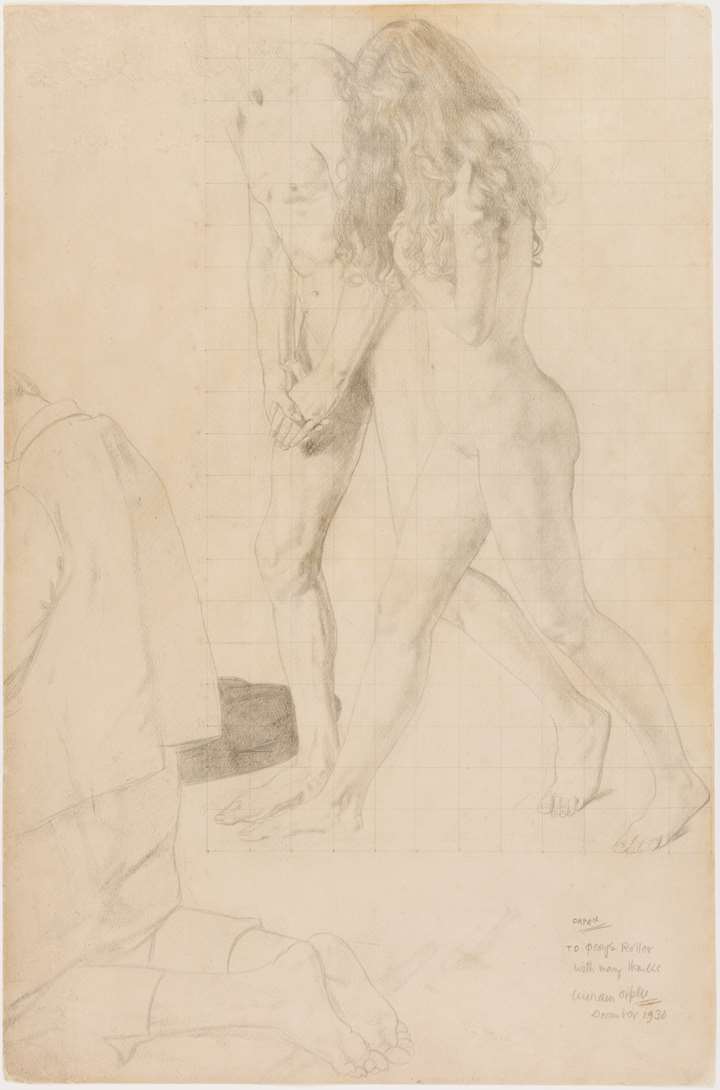
Stephen Ongpin Fine Art
Study for The Holy Well: A Nude Couple and a Kneeling Man
William ORPEN (Stillorgan, 1878 - London, 1931)
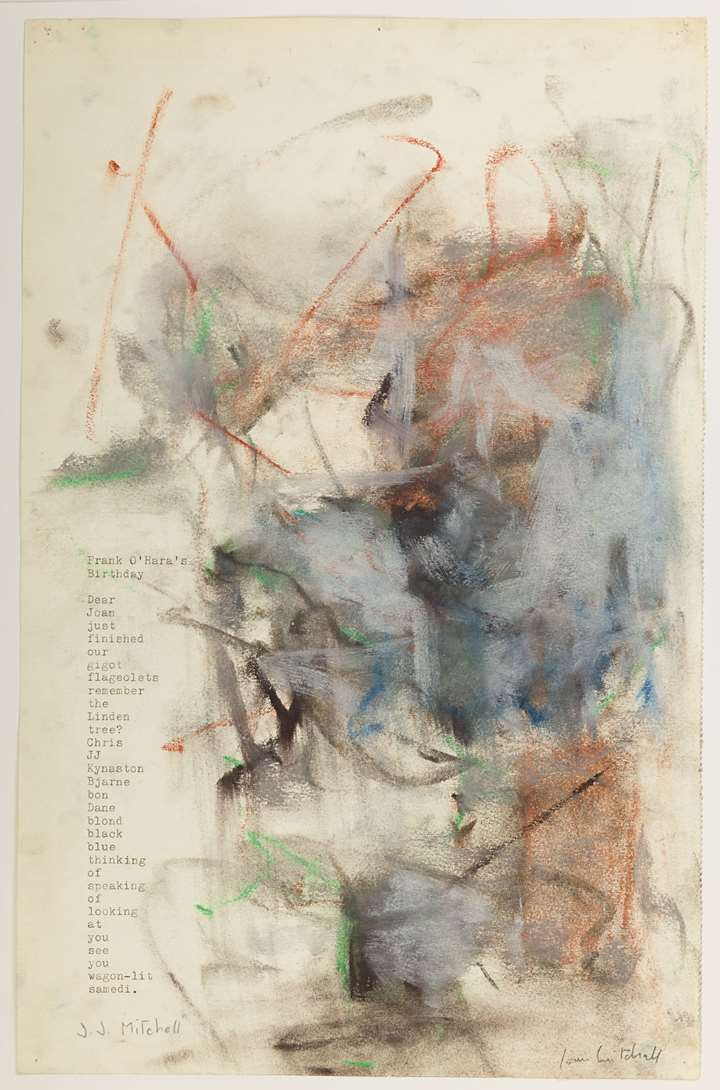
Stephen Ongpin Fine Art
Frank O’Hara’s Birthday
Joan MITCHELL (Chicago, 1925 - Paris, 1992)
![Illustration for Caprices Décoratifs: Oiseaux de paradis [Birds of Paradise]](https://images.masterart.com/StephenOngpinFineArtMedia/Artworks/Jules-HABERT-DYS-Illustration for Caprices Décoratifs Oiseaux de paradis Birds of Paradise_T638451694516490290.jpg?width=720&height=1200&mode=max&quality=60)
Stephen Ongpin Fine Art
Illustration for Caprices Décoratifs: Oiseaux de paradis [Birds of Paradise]
Jules Habert-Dys (1850 - 1930)
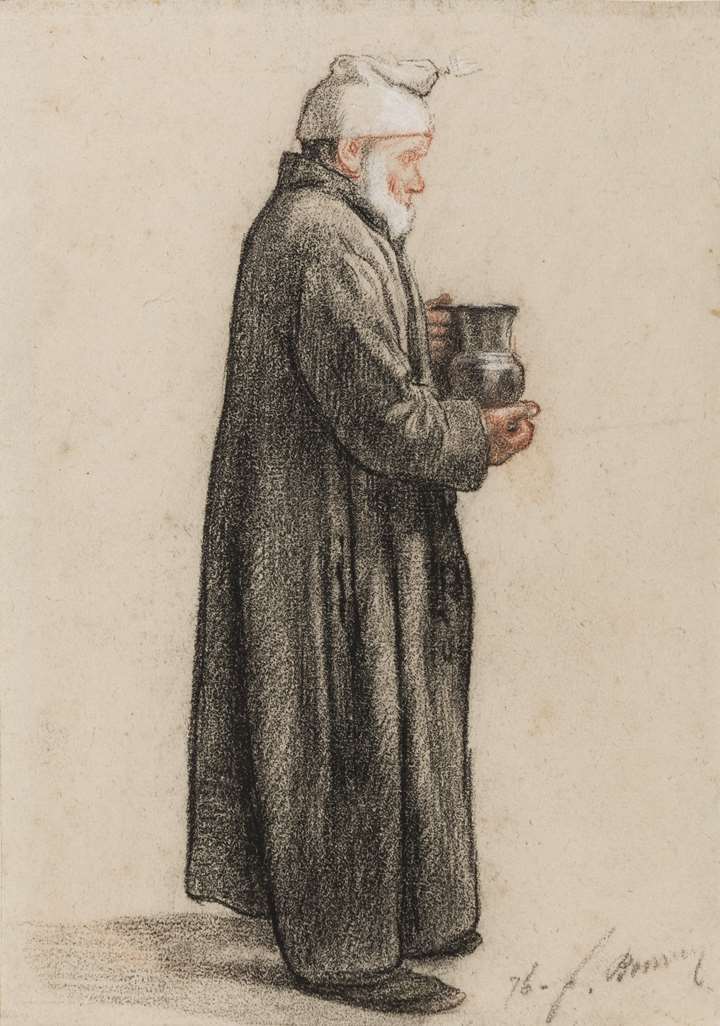
Stephen Ongpin Fine Art
A Standing Man Holding a Jug
François BONVIN (Vaugirard, 1817 - Saint-Germain-en-Laye, 1887)
, 1991_T638389504159000898.jpg?width=720&height=1200&mode=max&quality=60)
Stephen Ongpin Fine Art
Untitled (P91-20)
Helen FRANKENTHALER (New York, 1928 - Darien, 2011)

